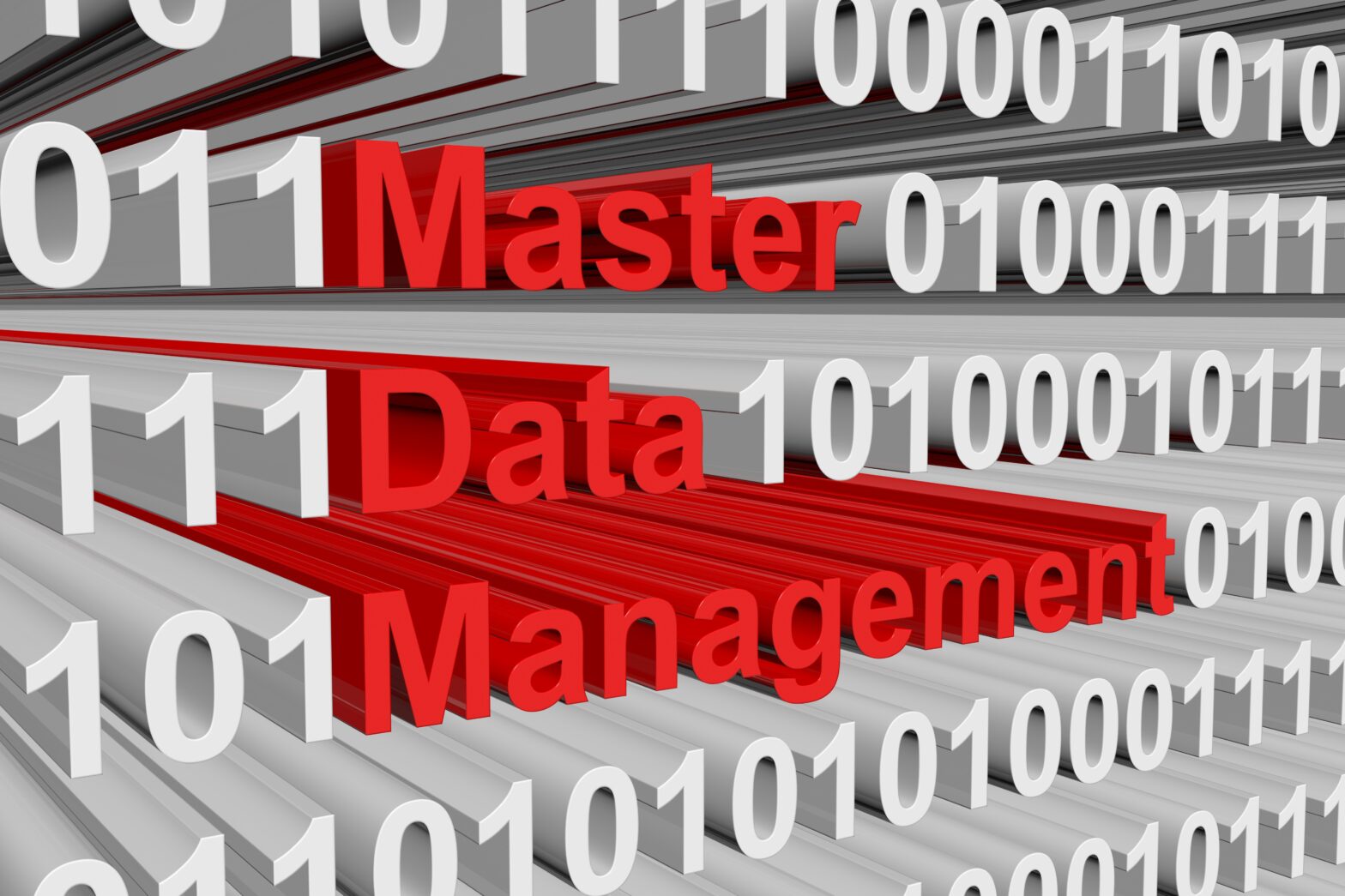The pursuit of a single view of business operations and data has challenged IT departments for several decades. The proliferation of enterprise applications, each with subtle differences in their data models, has ensured that the problem has remained tortuously insoluble.
That situation was supposed to have been solved through the organisation-wide adoption of enterprise resource planning (ERP) applications. However, few companies had the culture – or the nerve – for the kind of wall-to-wall implementation of a single instance of ERP that that mandates.
Even in those rare cases where businesses achieved close to a single, consistent view of corporate information at one point, they realised that they were shooting at a moving target: processes change; mergers and acquisitions alter the corporate structure; and, even more fundamentally, in seeking to deliver more agile, business-responsive applications, IT leaders have rethought the way they deliver software, adopting the principles of a service-oriented architecture.
Under a service-oriented architecture, data is no longer associated with a single source, but spread across multiple touch points.
There is certainly no shortage of vendors promising technology capable of dealing with this new complexity – customer data integration and product information management have both provided mechanisms to try to ensure consistent data in their specific domains. But a master data management (MDM) strategy is distinct in that it proposes to handle all corporate data.
An MDM strategy will utilise cleansing and quality software, as well as much of the common data integration tools found in existing environments. It also provides consistency by creating a master copy of data schemas that is subsequently used as the gold standard across disparate systems.
A single view of data
This is no insignificant task. Consumer packaged goods giant Unilever started work on an MDM project in its Latin American operations in 2001. Its aim was to create a single view of data for 34 Unilever Latin American companies, using 19 currencies, five time zones and three languages. It included the consolidation of 20 instances of ERP and 80 data warehouses. The benefits are huge, says Daniel Pretti, Unilever Latin America’s head of data modelling, making Unilever better able to respond to change.
Such experiences are largely reflected in the Effective IT 2008 Survey. Here, 69% of those that had adopted the technology rated it as effective or very effective.
However, only 20% have adopted an MDM strategy to date. These figures suggest that the benefits of MDM are widely understood – but so are the difficulties of implementation.
This is reflective of a technology in its early phase of evolution; however, given the positive experience of the initial adopters, it is likely others will follow. Indeed, 19% of respondents to the Effective IT 2008 Survey said they were likely to implement an MDM strategy within 12 months.







